Art deco wall holder with wrought iron
Blind ant
Visitation
Scythian
Generations
Angelic greeting
Ornament VI.
Ornament V.
Ornament IV.
Ornament III.
Ornament II.
Dalmatian house IV.
Dalmatian house III.
Dalmatian house II.
Zebegeny – plen air
Three Kings I.
Theatre III.
Theatre I.
Temple
Sea
Nude II.
Nude
Memory
Little dragon
Distant fire
Bridge
Between tails
In the door
Temple of the horizon
Lehel Fuchs
A multi-faceted, Renaissance type artist. Painter, photographer, cameraman, film director, journalist, graphic designer, teacher. However, these diverse-looking activities are all for visuality, and for the aim of creating the image. As a painter he has a firm grasp of what is essential, and he arrives at a synthesising summary displaying universal and philosophical contents.His special technique is characterized by virtuosic ease capable of creating an imagery related to Oriental (Chinese, Japanese) ink drawings, which will hardly allow for subsequent correction. In consequence, in the finished picture there are several re-meditated, formerly tested images which may seem to be abstract formations, but the open soul will sense all of them in the one. His photography era started to prevail in the first years of the millennium. This period of nearly ten years has been summarised in several solo exhibitions, and in his book entitled VillageCity, which contains only black-and-white photographs along with a selection of his essays related to them. His photos are characterised by thoughtful composition, and by interrelations, hidden contents evoking subtle associations, where the image is not just a work of art, but also a message resolving didactic contradictions. Paintings in our gallery Photography in our gallery Paintings in artist collection Photography in artist...
Read MoreSándor Somogyi
“Clay is the most honest thing. It relies on us, for our honesty depends on what we do with it. We knead it into the Soul, and from that time on it becomes part of our everyday life, it will be like a family member. I use for my work anything that inspires me: colours, surfaces, memories, melodies, and the taste of dark chocolate. Artworks in our gallery ……………………………….. I am affected by paintings, architecture, as well as by the evolution of design. I apply the concept of compositional geometry and I tenderize the categorical forms. I start realization when I can see the form entirely. My drawings are just notes, but every detail is important and intended. After more than thirty years of studying the modes of expression in clay, it is still able to give me something new and exciting. Most of my objects are modelled, and I shape them after pressing or moulding. I use a variety of materials from high quality white clay to black chamotte, depending on my frame of mind which one to work with on that day. It is important that in addition to functionality, my creations also have an emotional charisma. I’m seeking after harmony in colours and forms. I rarely give a title to my works, just let them speak by themselves. I am happiest when I can see my audience taking my ceramic objects with sincere joy in their hands. I know they will get a good place.” Awards 28th Gold Coast International Ceramic Art Award, Second Prize – Australia 2012 Ceramica Multiplex Varasdin The Fourth International Festival of Postmodern Ceramics 2012...
Read MoreMónika Zádori
She is the originator and co-founder of Atelier Art Gallery, the curator of the exhibitions of the gallery. As a ceramist she is a member of the artist team of the gallery. She uses every little facet of daily life for her work, insisting that, in case we keep observing, we may discover wonderful things. Sensitive and intuitive by nature, she indeed often realises what is vital, which helps her expand her creative activity. Her works tend to represent classical values, close to the styles of Art Nouveau and Art Deco. She frequently involves decorative elements of old houses in her works, or else she gets the inspiration from nature. She is an affective artist who in her objects strives to arrive at a harmony of colours and forms. She likes experimenting by coupling diverse materials, and her objects are often augmented by copper or wrought-iron. Raku, a favourite firing technique of hers, is also based on this, since the glazes treated with metal oxides lend a special metallic hue to the objects. She is convinced that art has a double function: in addition to the raising of consciousness it must represent beauty, and it should not deter but delight the eyes. This is the idea that led her in establishing the gallery, the one still framing its appearance. Artworks in our...
Read MoreSándor Pécsi
The secrets of spiritual world… Deeply dormant secrets, present in all of us yet undisclosed, which sometimes, evoked by some experience will become distinct. Sándor Pécsi is a genuine creative artist, who conveys emotions through his works, bringing our innermost selves to the surface. His art is multifaceted, functioning on both, the spiritual and the material, levels. He is a poet and a wood-carver at once, in such way that this dual creative activity brings forth his message by blending and intensifying the two faculties. On hearing the pulsation of his shamanistic poems his wood-carved figures will slowly appear and dance around, evoking the ancestors. With his help we too can get some sense of the spiritual world, and for a moment we may be touched by the ancient wisdom of eternal recurrance. His objects are characterized by the alternate appearance of flat and corrugated surfaces, by curved, accented forms, but first of all by the MEANING to be found in all of them. His large-size figures are often carved from one single piece of wood by visioning into it the object in the making. The rough wood surface refers to the very beginnings, and to the desire awakening from time to time to get rid of and leave behind all the superfluous by-products of our civilised age. Artworks in our...
Read MoreJános Miklós
He is an epitome of strong faith, and his unique vision of the world is unshakable. For the sake of this it is clearly necessary to spend all his life in this way, like a strongly built castle defying the storm of centuries. Thus János Miklós preserves the traditions of his nation, its ancient symbols, and its art. For his works he makes use of the teachings of ancient mythology, tracing new motives all the time. He never chooses the easy way, but the one taking him closer to achieve his purpose, to the the birth of his works. All his objects are history locked up in clay, but enriched by a peculiar component not to be found in history books. While working he develops and applies peculiar techniques. For this very reason his works are absolutely unique, only characteristic of him. In his imagination, the bird with outstretched wings and the Hungarian royal robe merge to fly up by being incarnated in clay and to chronicle our past. His motives elaborated down to minute details, the carefully worked surfaces, the harmony transmitted by the objects witness high professional knowledge, a great amount of experience, and exceptional human qualities. Artworks in our...
Read MoreMiklós Bercsényi
You don’t need muscles to work on the potter’s wheel and make big objects – so bear-sized potters used to tell me, while they put a whole sack of clay onto the wheel with one single smash to make a bowl big enough to put a whole village’s dinner inside. I’ve never heard this from Miklós Bercsényi, but looking at his works, I would know even if I had never seen him before, that they are not made by some puny man. His personality and his works radiate the same power, both fascinating and making us think. He shows us his thoughts honestly without any factitiousness, that anyone who sees his works can feel something of the continuously existing, yet often invisible truth. His bull sculpture is dream and promise, leniency and eternity locked up in wildness. His sculptures carry feelings and wisdom, transmitting them almost in an unperceived way. On a closer look, the objects resembling pebbles of various sizes form human faces, representing pieces of the surrounding word. The fine lines on their surfaces recall our saunters along the shore, but at the same time they look like veins in our body. Raku, his favourite firing technology, allows to develop natural earth colours, which are highly characteristic of his works. Artworks in our...
Read MoreAnna Schéffer
Everybody wears a mask. This recognition belongs together with to the cognition of ourselves. So the mask belongs to our personality. In the ancient cultures, at the time of the Inca and Eastern empires, masks used to have some symbolic, or cultic meaning. The helical spiral is the symbol of the soul, gold means sun, the sun itself is life and knowledge. Anna Schéffer’s favourite objects are masks and wicker plates. Regarding Nature as her primal master, she lets natural forms and colours dominate in her art. Sometimes she borrows a piece of nature, when she makes a copy of a tree-trunk to create a rustic surface, or she makes an exciting pattern by using the imprint of some nicely shaped leaves or characteristic plants. Wherever she goes, she collects interesting creatures of Nature to use them for her own creations. She prefers fireclay (chamotte), since it is easy to mould and to fire. Anna fires her works relying on raku technique, and she never gets bored of it, even after decades of experience, because it calls out different colours on each object, each time. Artworks in our...
Read MoreÉva Kun
„Ceramics is a concentrate of life. To get its final shape it needs 8-10 hours and 1,300 centigrades. We, instead, possess a whole life and 37 centigrades to create the final form of our personality.” (Éva Kun) She is the artist, whom numbers want to imitate, with no one actually succeeding in doing so. Even if they copy her works, those objects remain empty without that very special meaning wherewith only she can fill up her creations. She is inimitable, not only due to her high professional knowledge, but because of her own individual view that impregnates the dawning objects. She allows her subconscious to drive her, she works intuitively as folk artists did before. She doesn’t make but lives the art, the flowers of the garden becoming graceful patterns, the spot on the wall turning into a wonderful picture, an old brick transforming into a modelling tool in her hands. In her works the wisdom of old eras mix with the knowledge of the modern world, ancient powers join in with the fresh ideas of present days. She often uses raku technique for her works, and she also makes high temperature fired sculptures, plates and wall pictures displaying rich and minute ornamentation reflective of her creed and thoughts. Her public works are noticeable decorations of many Hungarian cities, and her ornamental objects have turned countless houses into homes. Artworks in our...
Read MoreIlona luca Decsi
Memory from the last century Family photographs have given me enigmatic image, remembrance of the last century. My dream to realise an interesting idea, to paint beautiful ladies from the 20th century. Since then I have copied old brown photos applied them on handmade paper. Recently I have worked them with aquarell and tempera as well. I would like to paint the influence of this period and the atmosphere in my graphic series. In spite of I know,the language of the photo has moved on since then. At the beginning of last century women were wearing beautiful dresses, full of lace and madeira. They had those elegant big hats, gloves, flowers, and rich carpet, drapery in the old photographs. The design of the twenties was extremely nice, clothes were outrageously pretty. In my graphique series I intend to show Birth, Marriage, and Poetic memory and Dream. Artworks in our...
Read MoreRemembrance
Ilona luca Decsi: Remembrance (2012) Photo, pencil-drawing, tempera W 55cm H 80cm Price: £1,800.00 Buy artworks at...
Read MoreSzada, Hungary
(2009) Photo W 30cm x H 40cm (Photos in pair V/2) Line number is 20/9 Sign on the back with silver frame Price:...
Read MoreImre Kéri
Classically trained at the Hungarian Academy of Fine Arts, Imre Kéri quickly rose to prominence as one of Hungary’s leading graphic artists. His works are on exhibition at major European art fairs and are held in many public and private collections throughout Europe. He is married to Ilona Decsi, an equally talented artist who specializes in oils and drawing. Kéri was born on April 13, 1945, in Balatonfüred, Hungary, in one of the many small villages surrounding Lake Balaton, the largest lake in Central Europe. His childhood home was a water mill. He frequently recalls his early impressions of old stone walls, dark candleit rooms inside, and white light outside-his first experience in the world of blacks and whites. This black and white vision of the world is remembered in moving recollections of the rich whiteness of snow. This early vision can be seen expressed in his fine black and white mezzotints that are eagerly sought by private collectors. His artistic talents began to emerge when he was ten-years old with drawings of the surrounding natural world. His lifelong commitment to the fine-arts was realized when he enrolled in the Academy of Fine Arts in Budapest in 1966. He interrupted his studies whe he spent one month in Amsterdam where he was strongly influenced by the graphic works of Rembrandt. He returned to the Academy of Fine Arts and recived his diploma in 1971. Kéri continued to live and work in Budapest producing a series of oils and mezzotints wich lead to his first one-man show in Venice, Italy in 1978. The next year he returned to Amsterdam for threee months to continue his study of the graphic arts. This period of study was followed with an exhibition of his works in Kassel, Germany. Since then, his works have been shown at most major European graphic art biennales in: Biella (Italy 1993, 1995), Genoa, Roma, Fribourg (Switzerland), Tokyo, and most recently in Spain at the Caixa Ourense V Biennial Internacional de Grabado (1998) and the Budapest Fine Art Fair. London, Magyar Magic, (2004), Venezia, Stamperia del Tintoretto, (2005), Antwerpen, Epreuve d’Artiste Galerie (2007) Kölner Druck – kunst – 2008 2008 H–Balatonfüred, 2009 Cremona–Art of etching press, International mezzotint exhibition 2011 -Ekaterinburg Artworks in our...
Read More
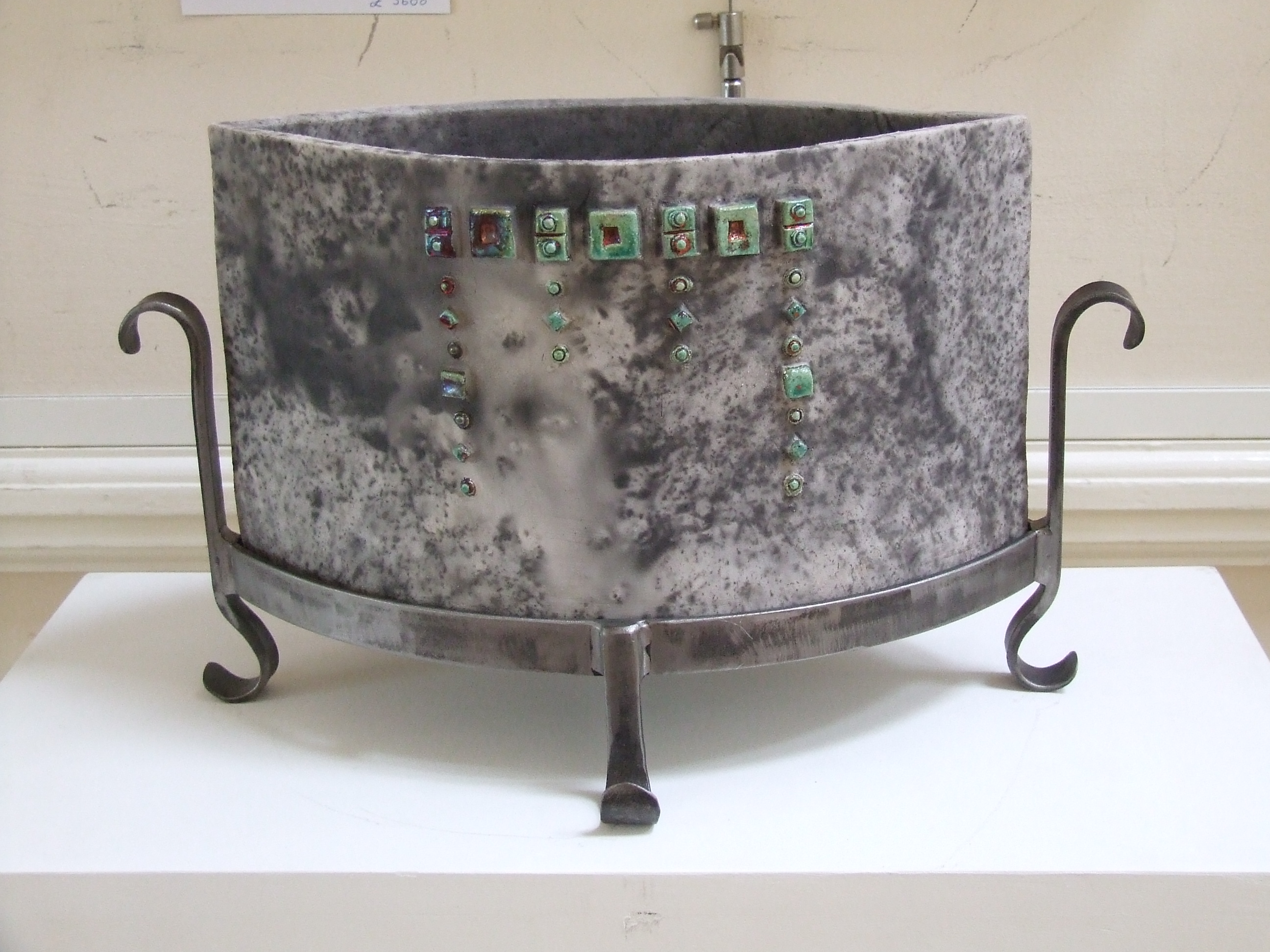
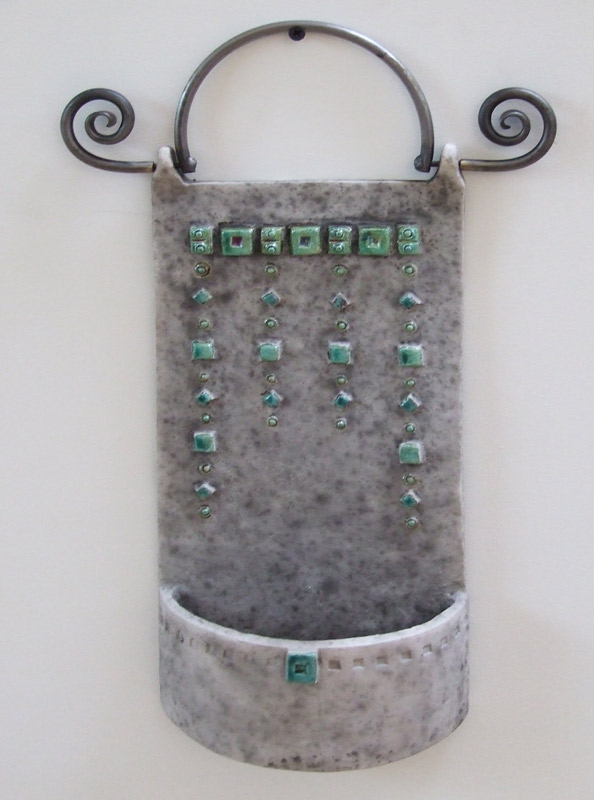
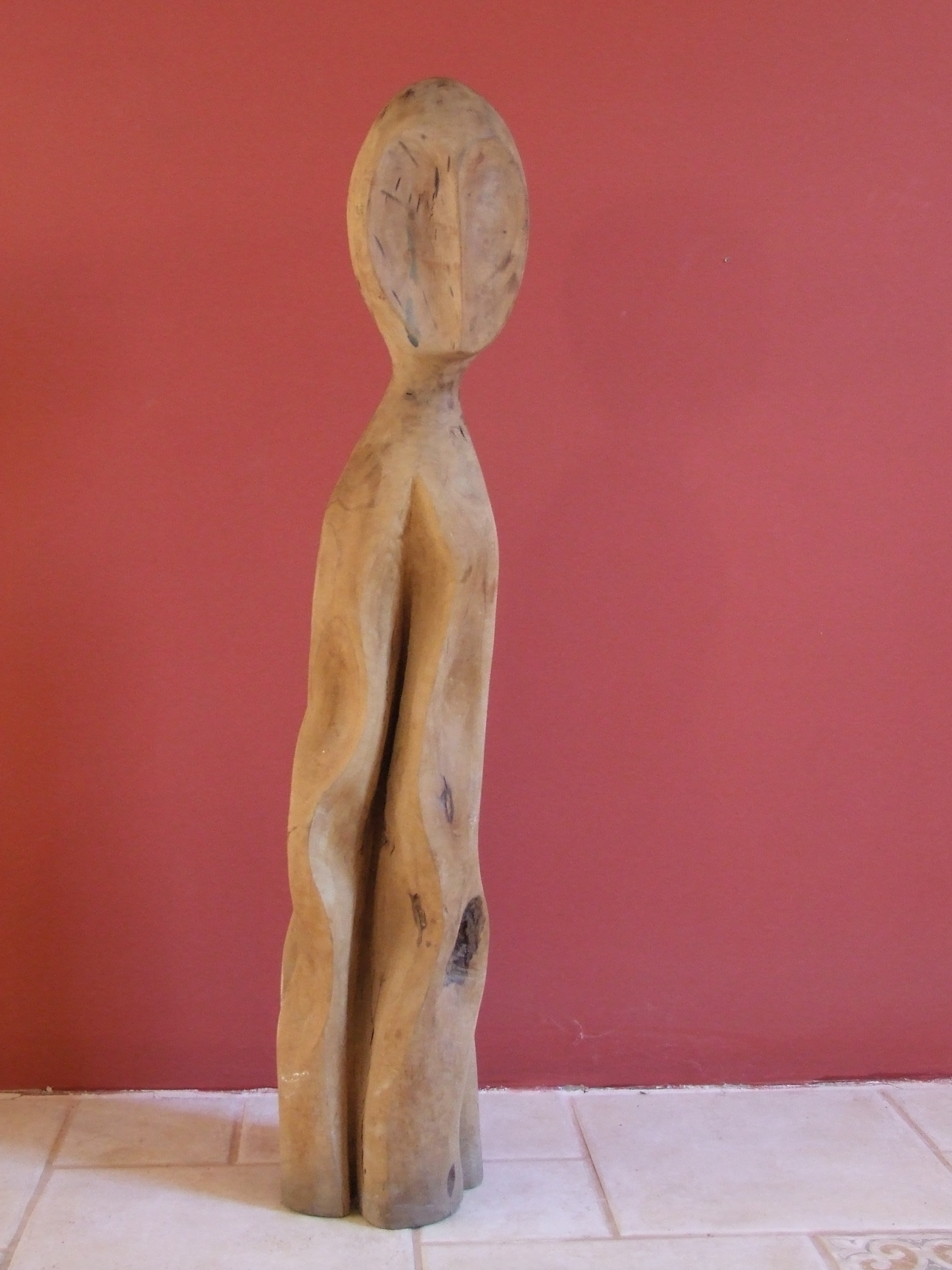
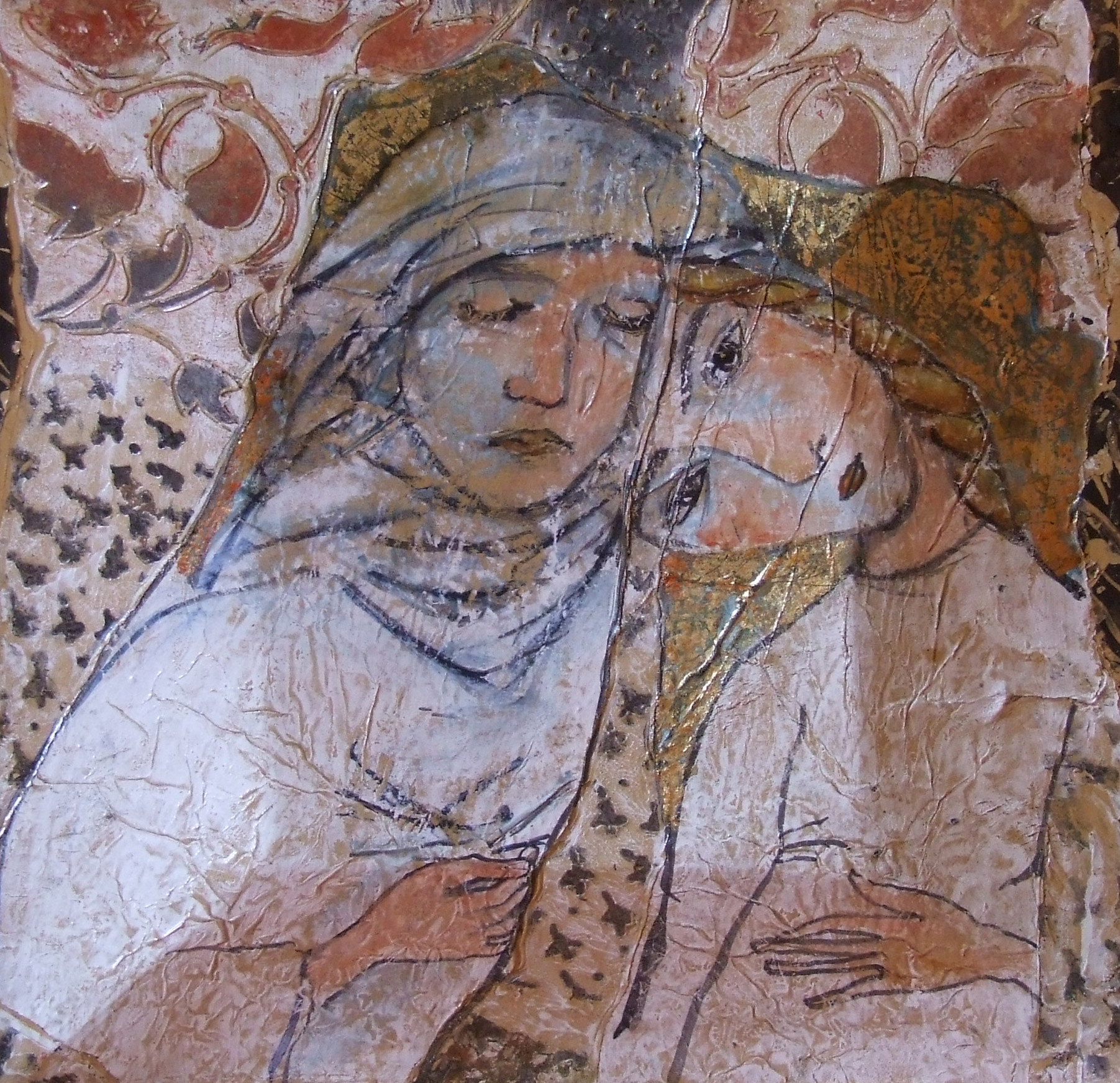
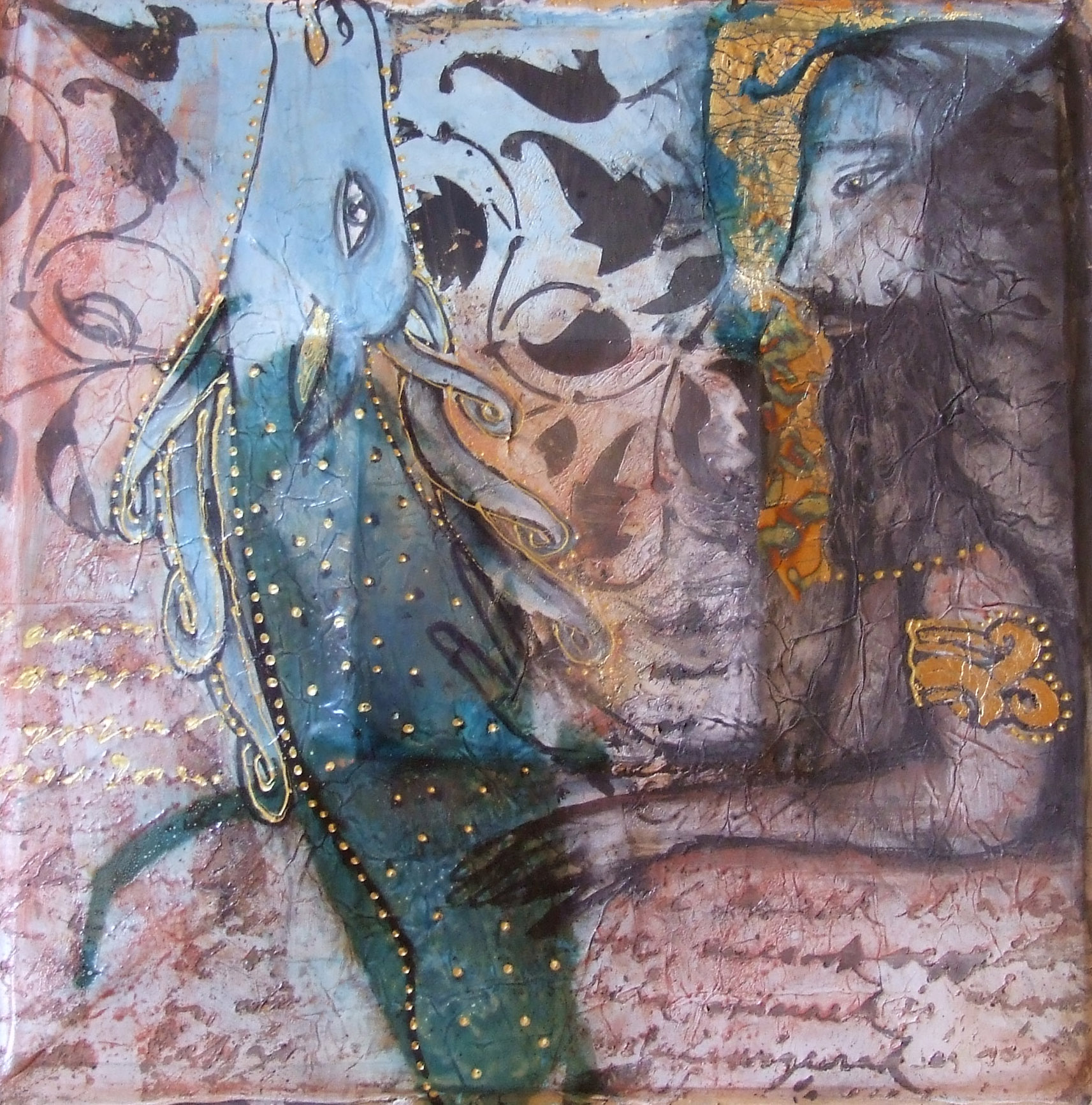

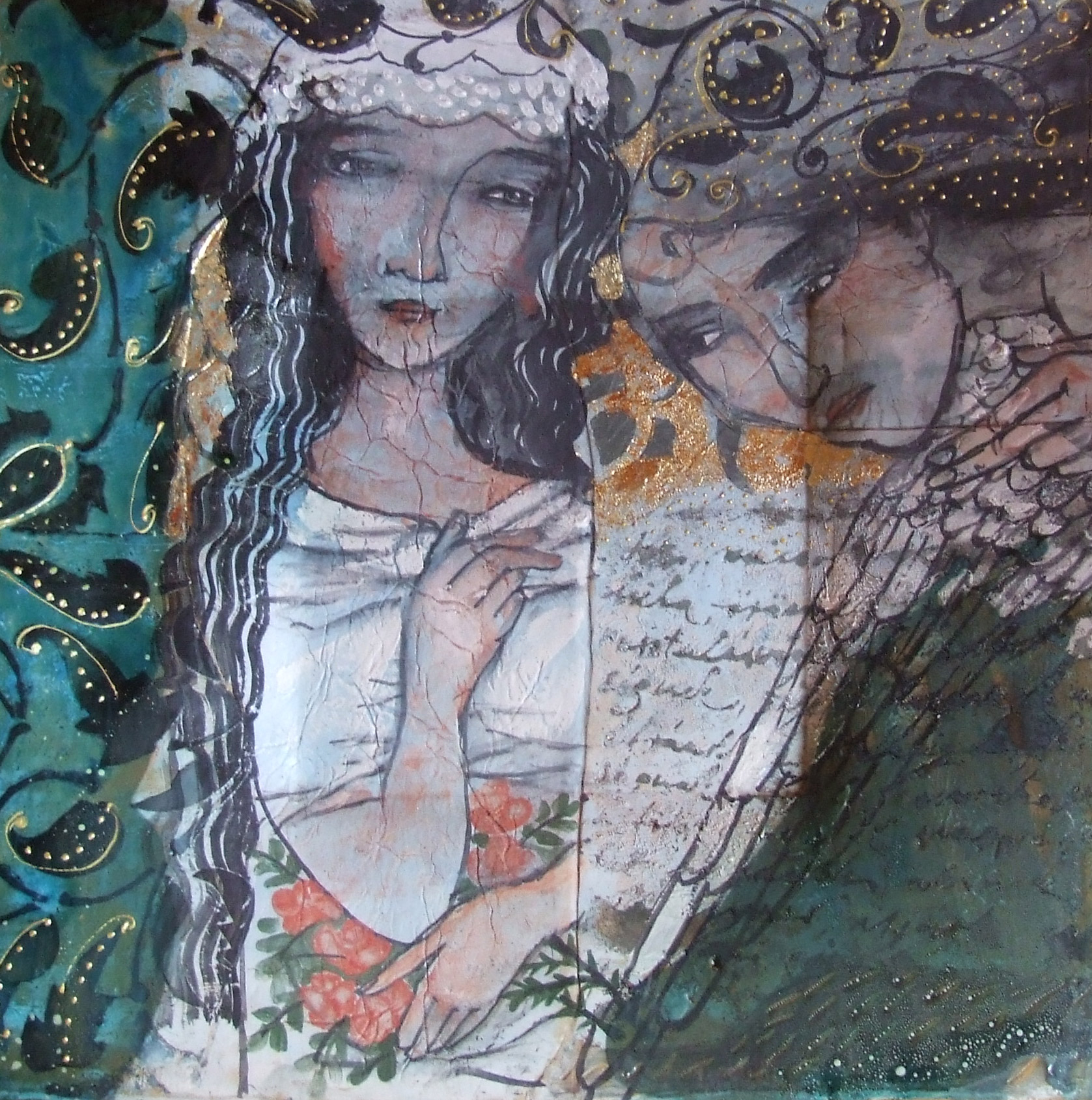
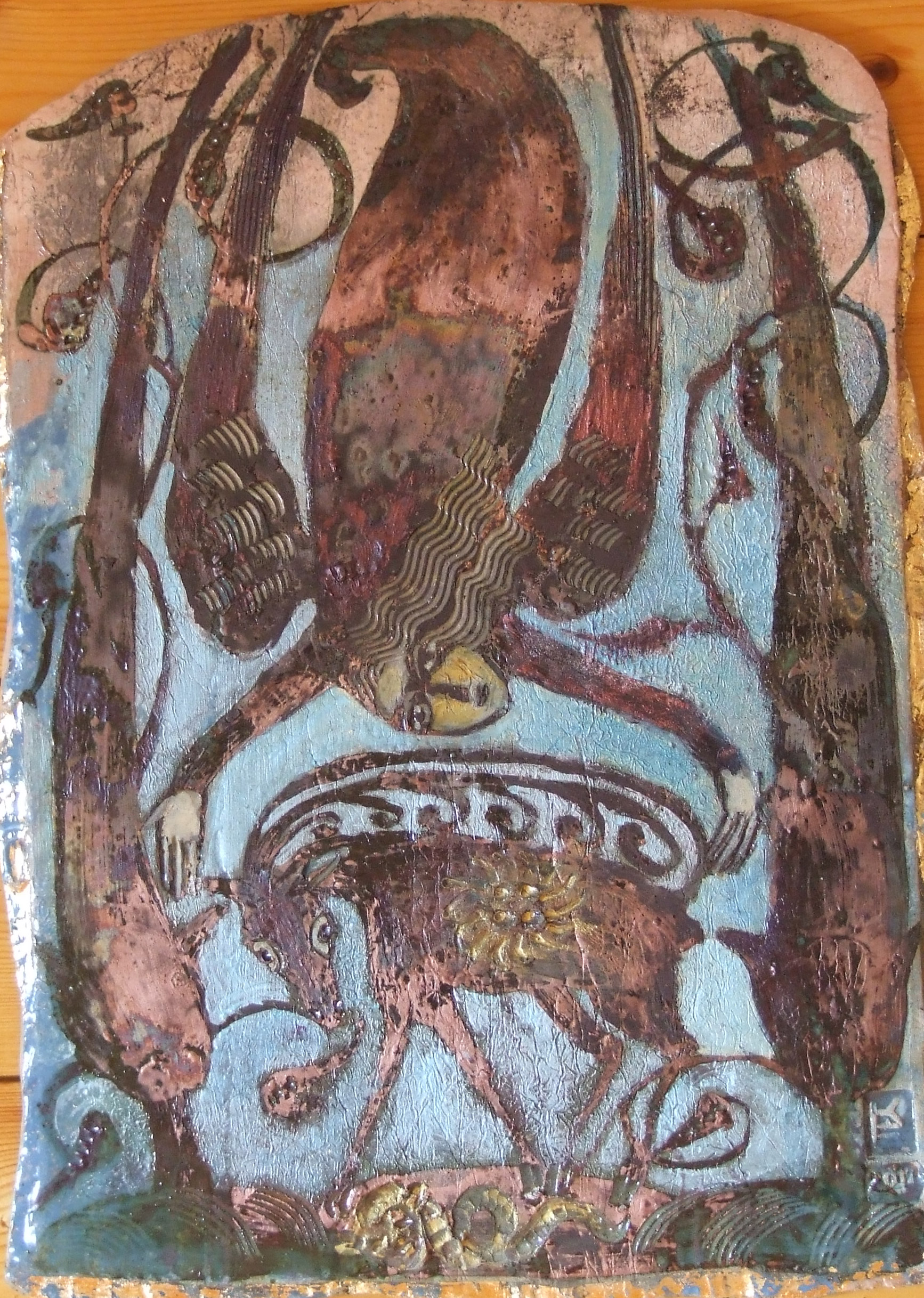
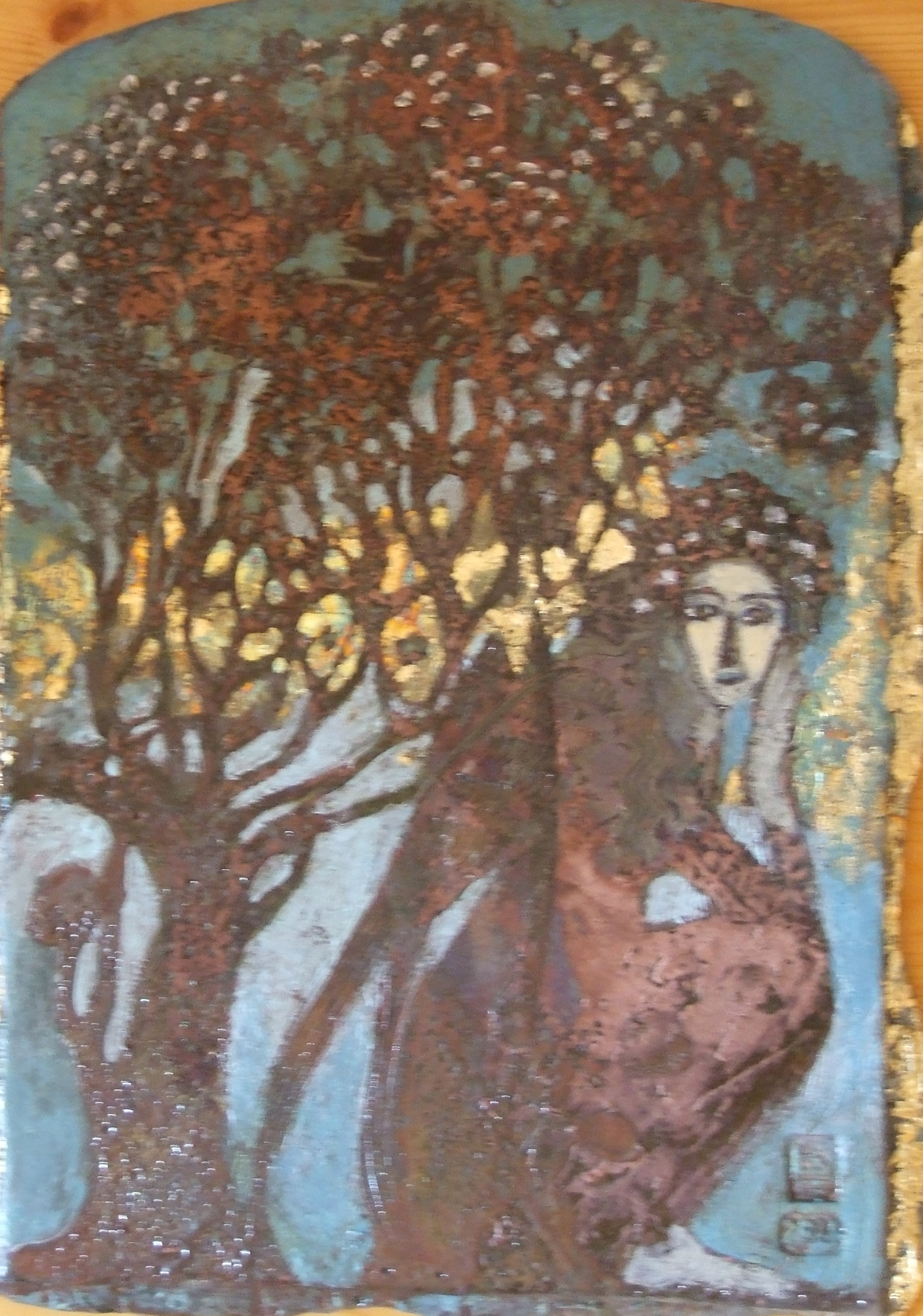
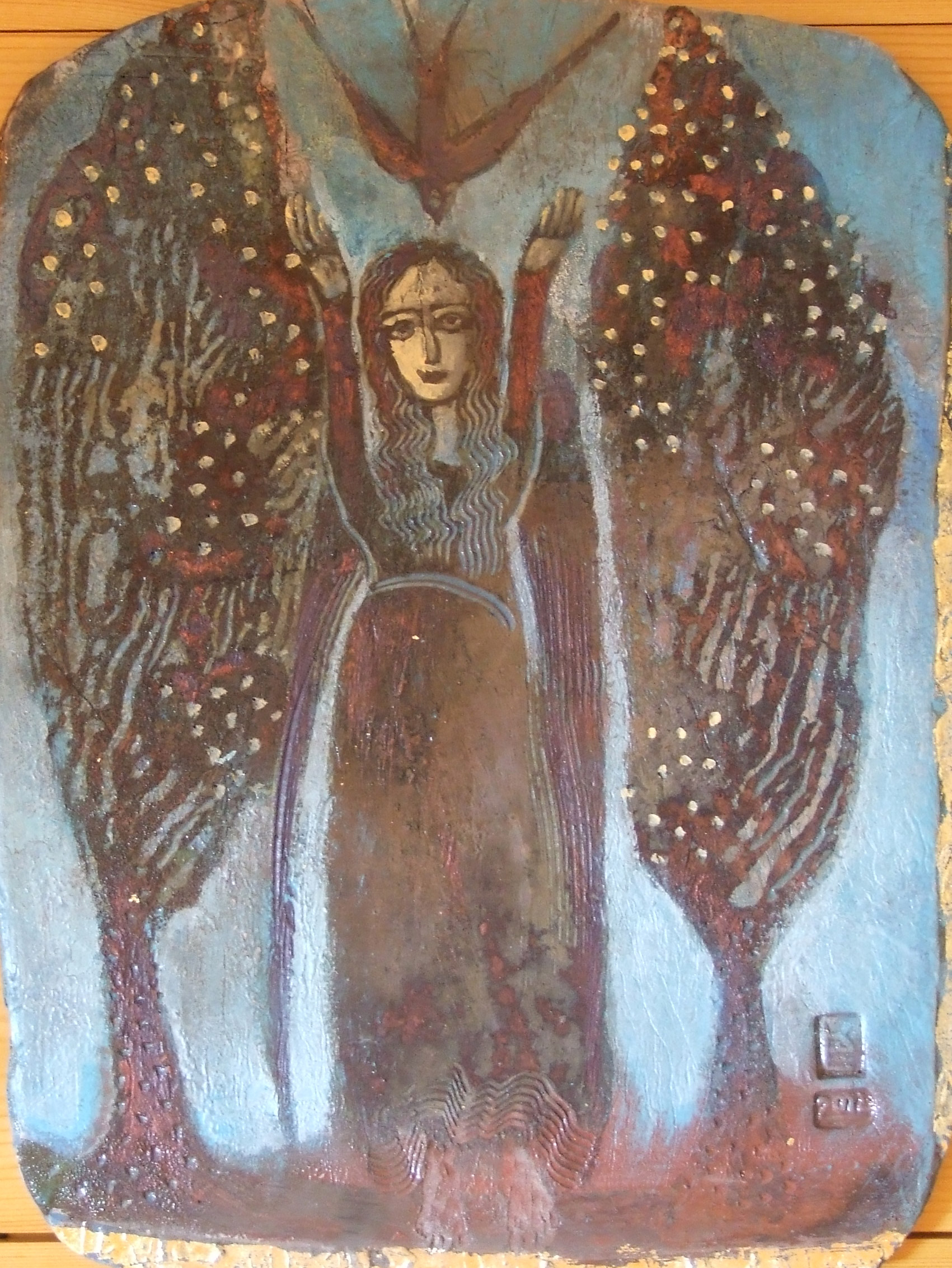
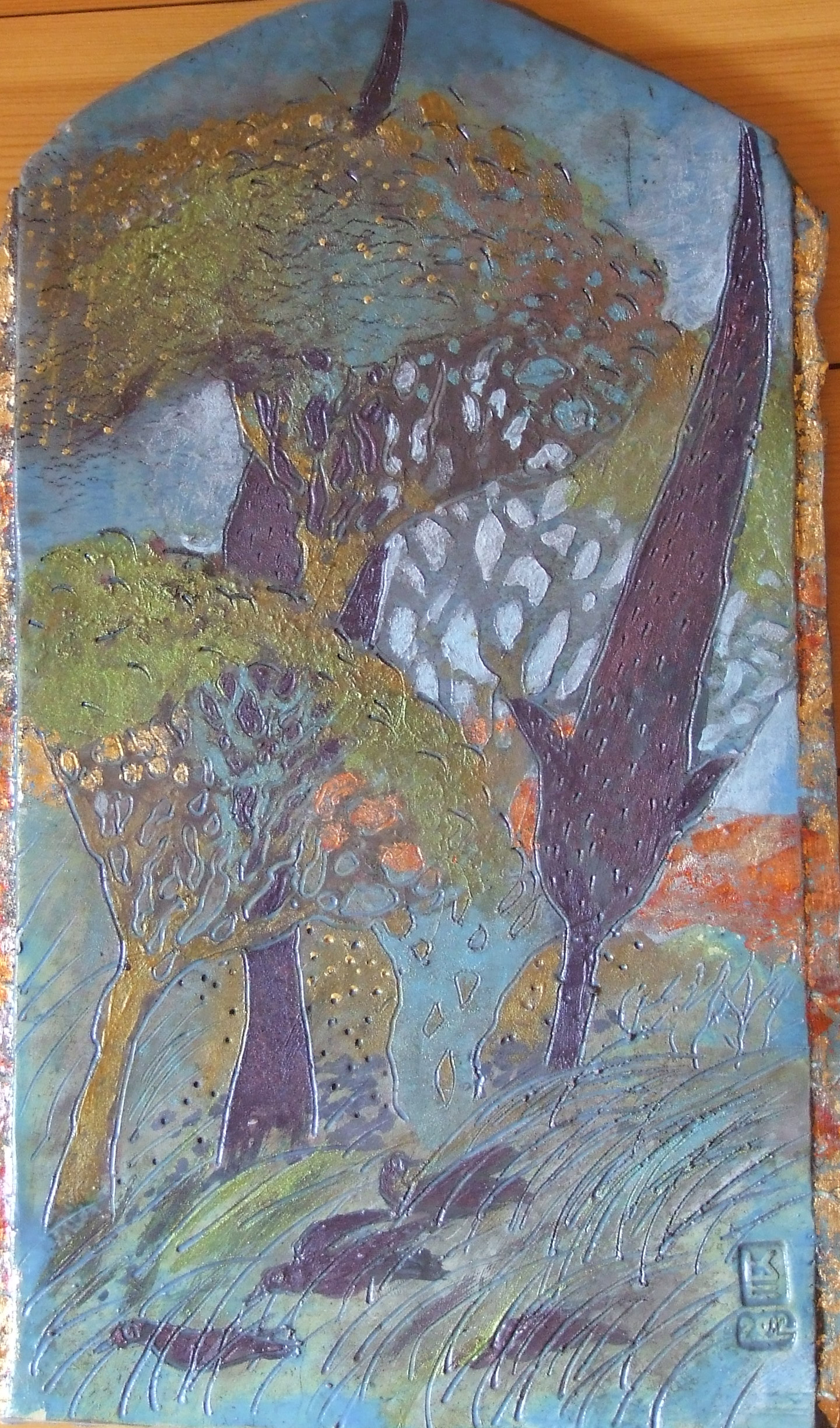
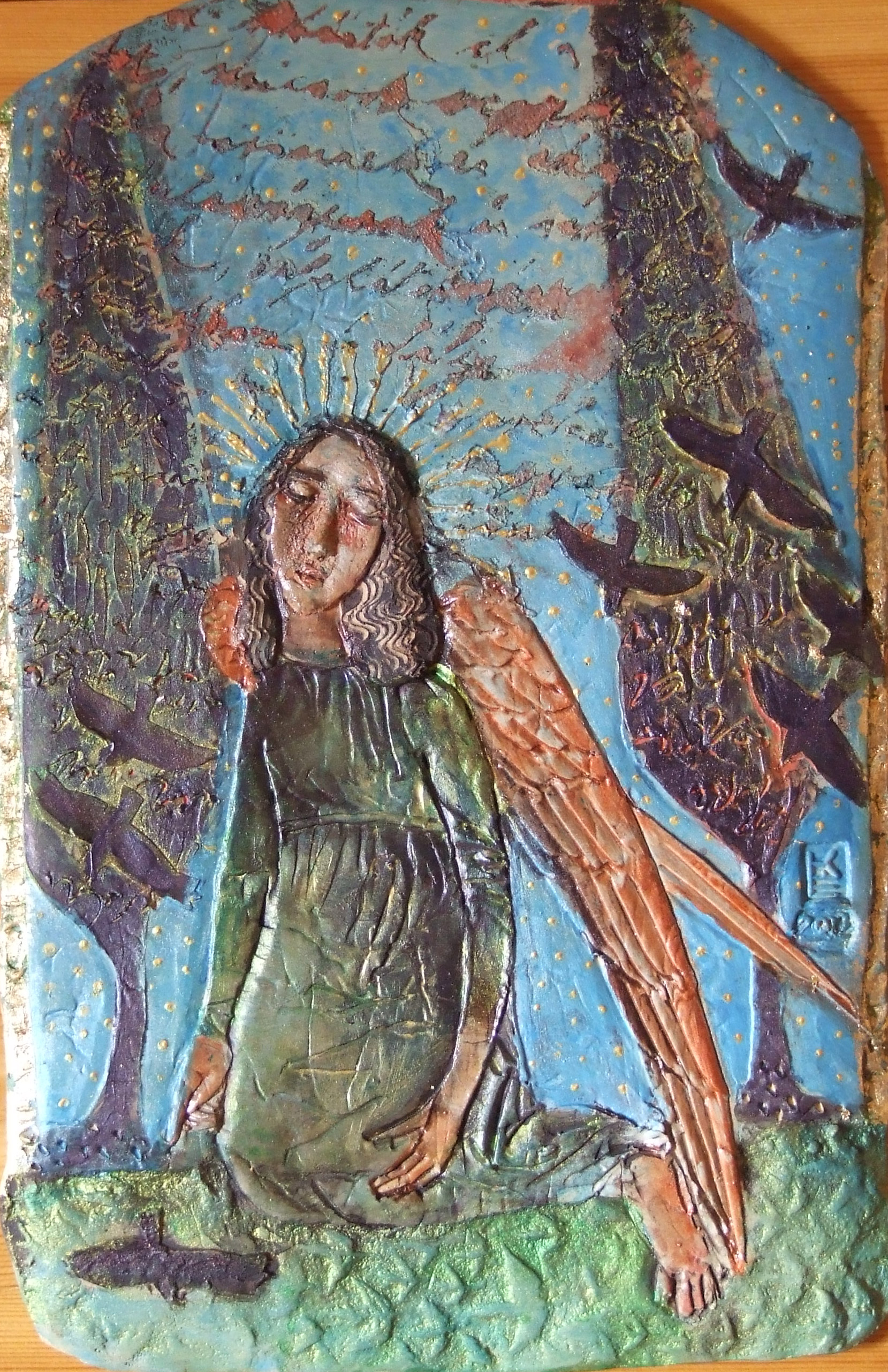
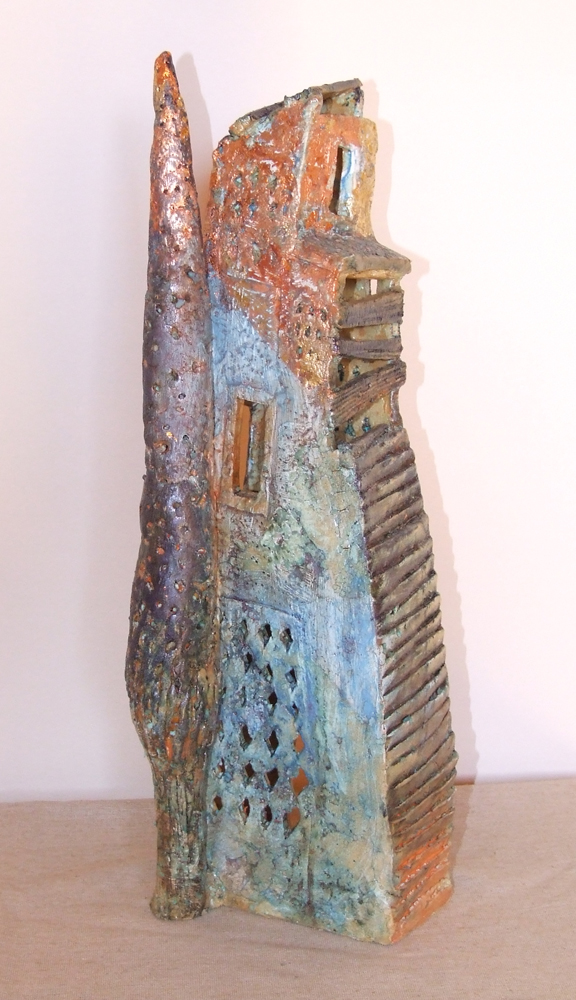
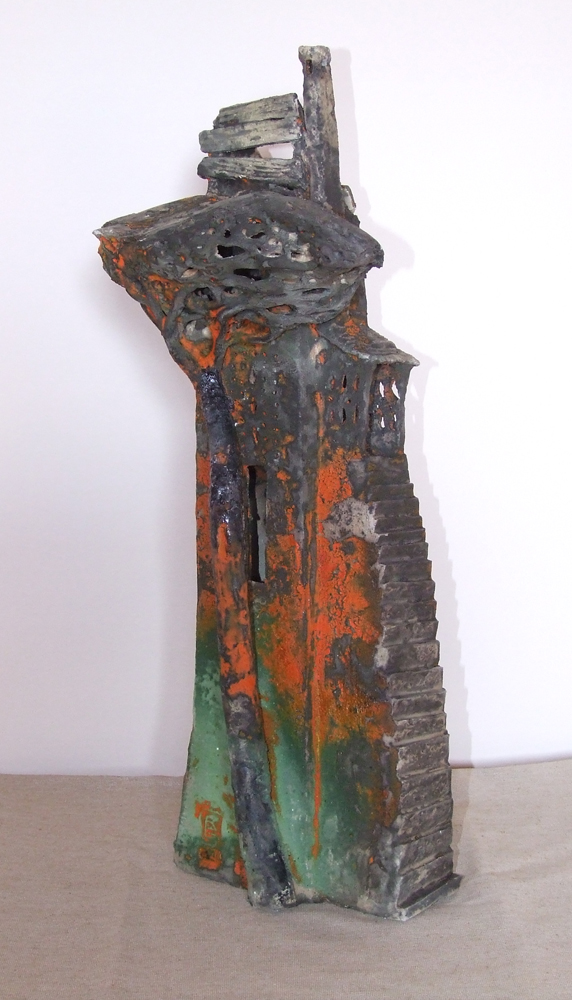
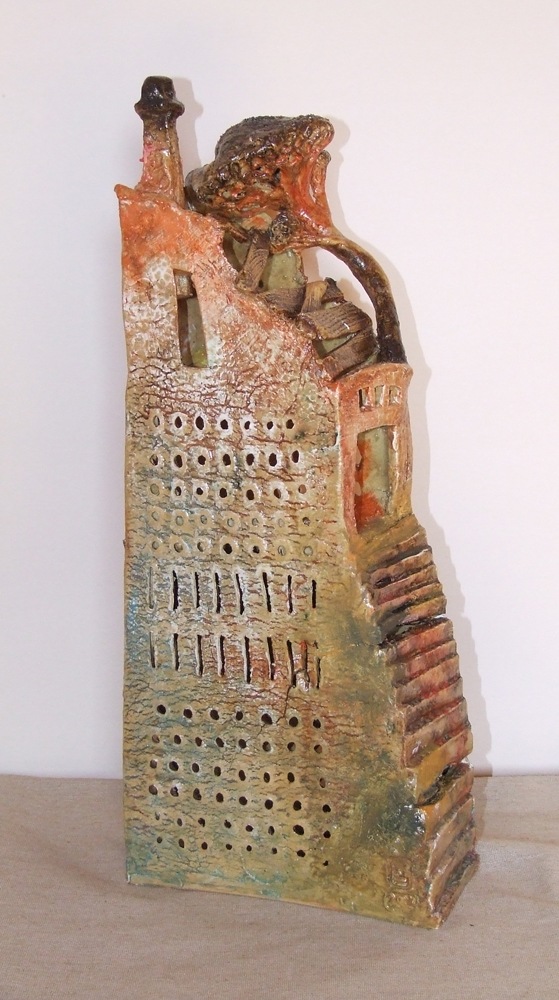

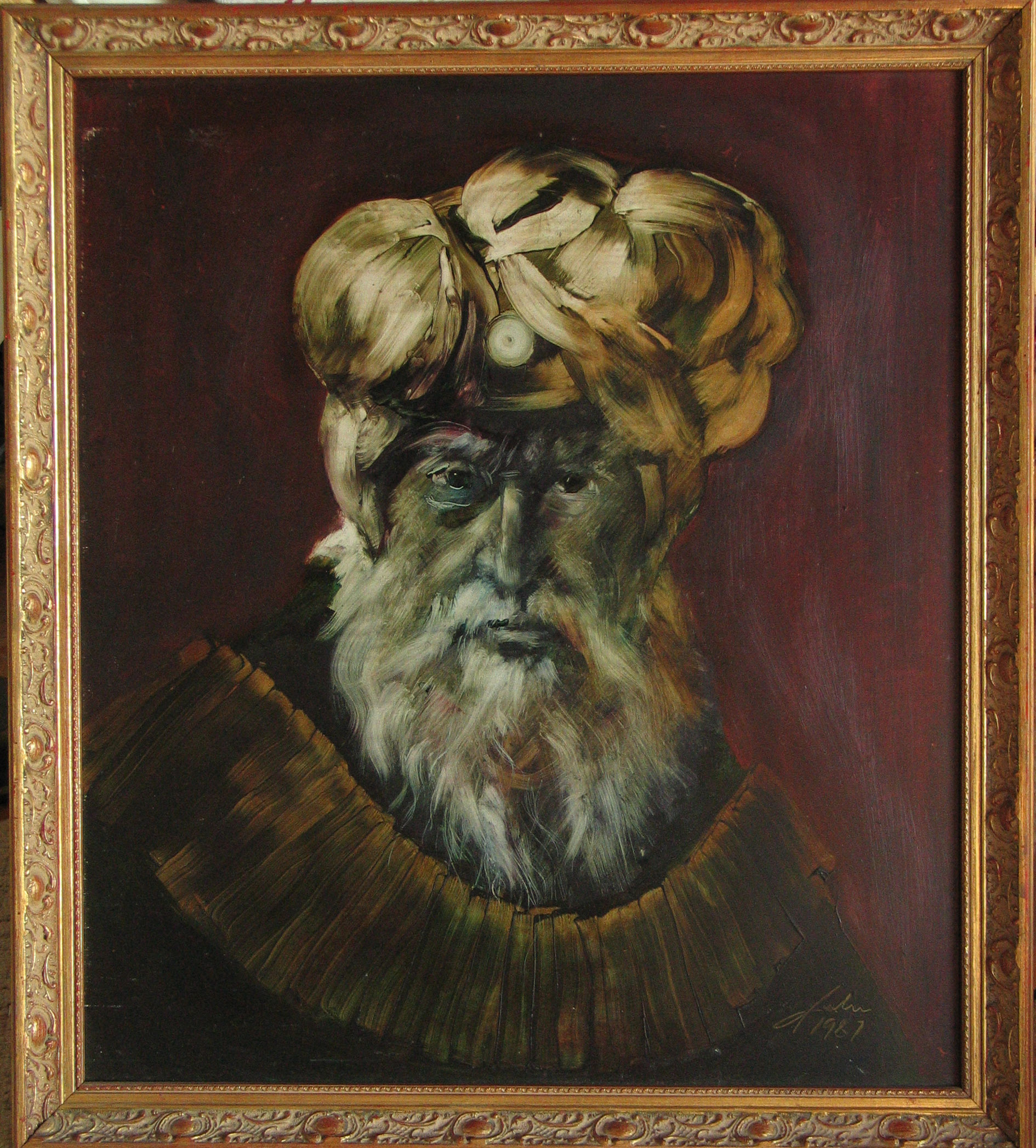
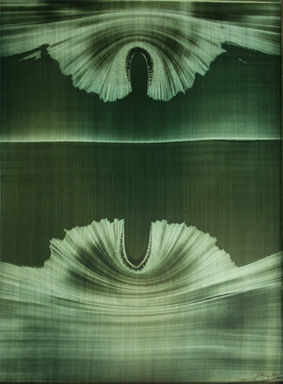
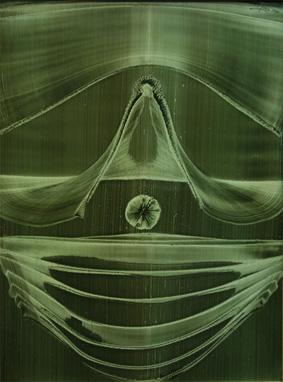
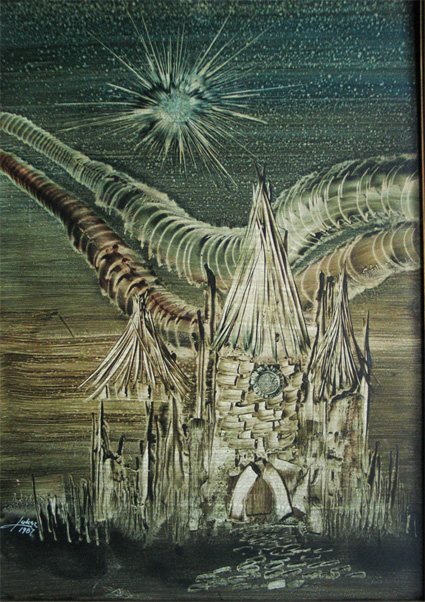
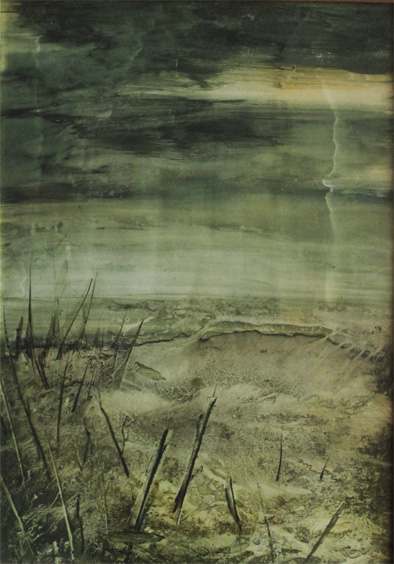
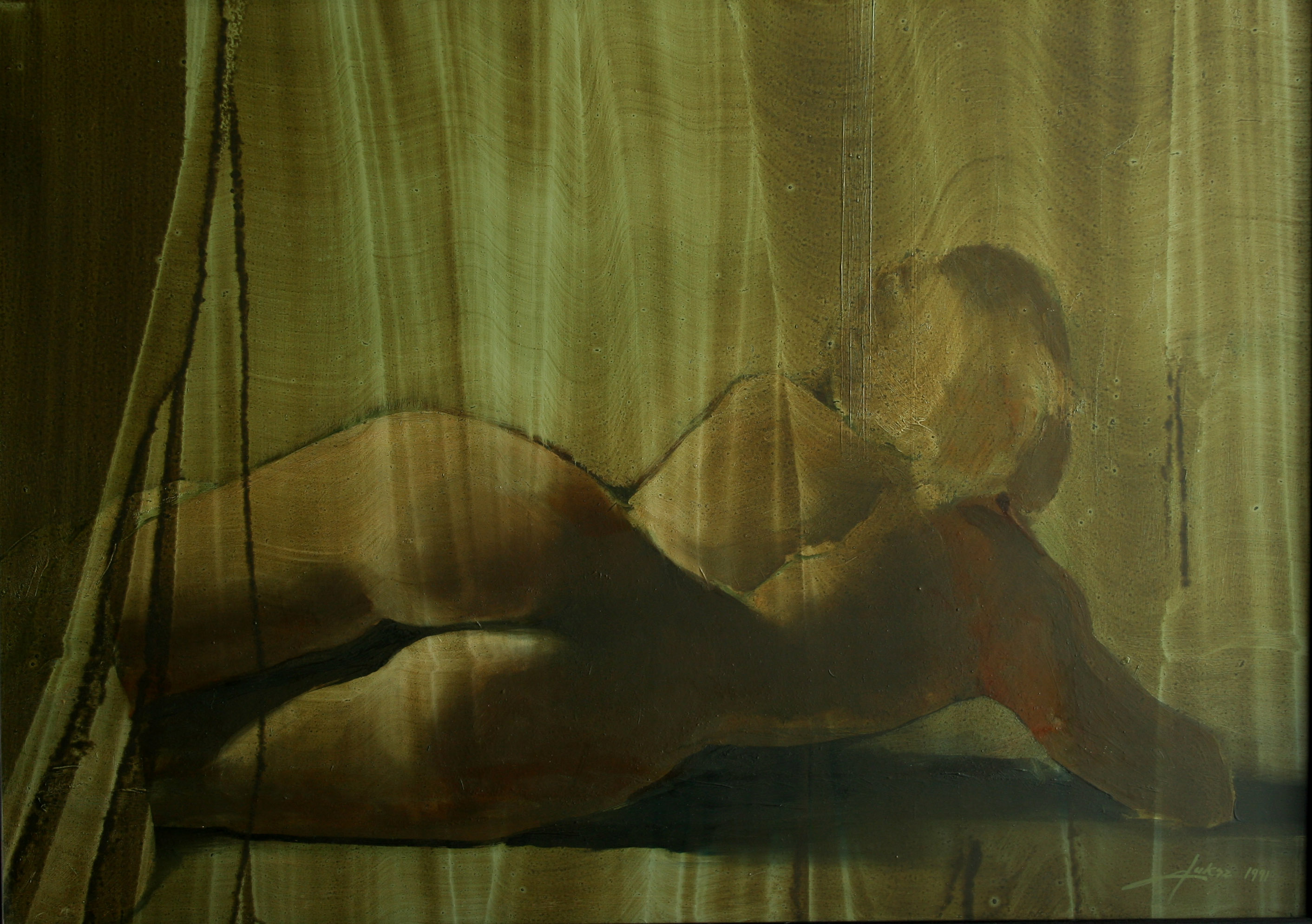
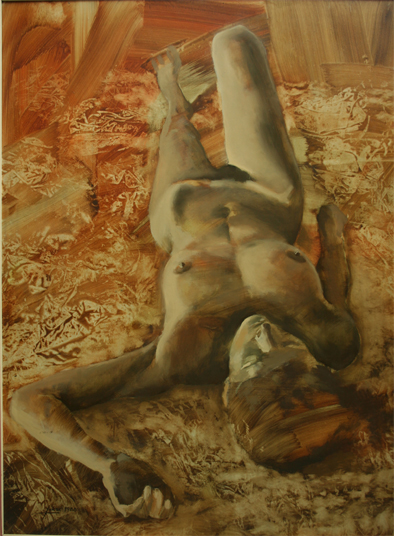
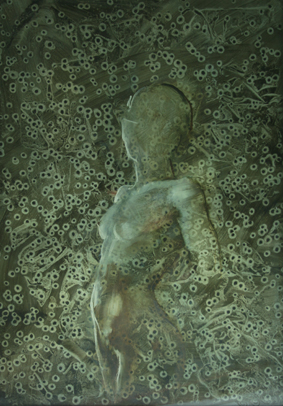
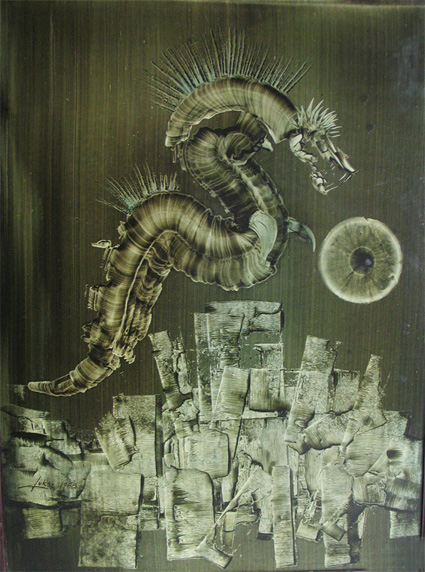
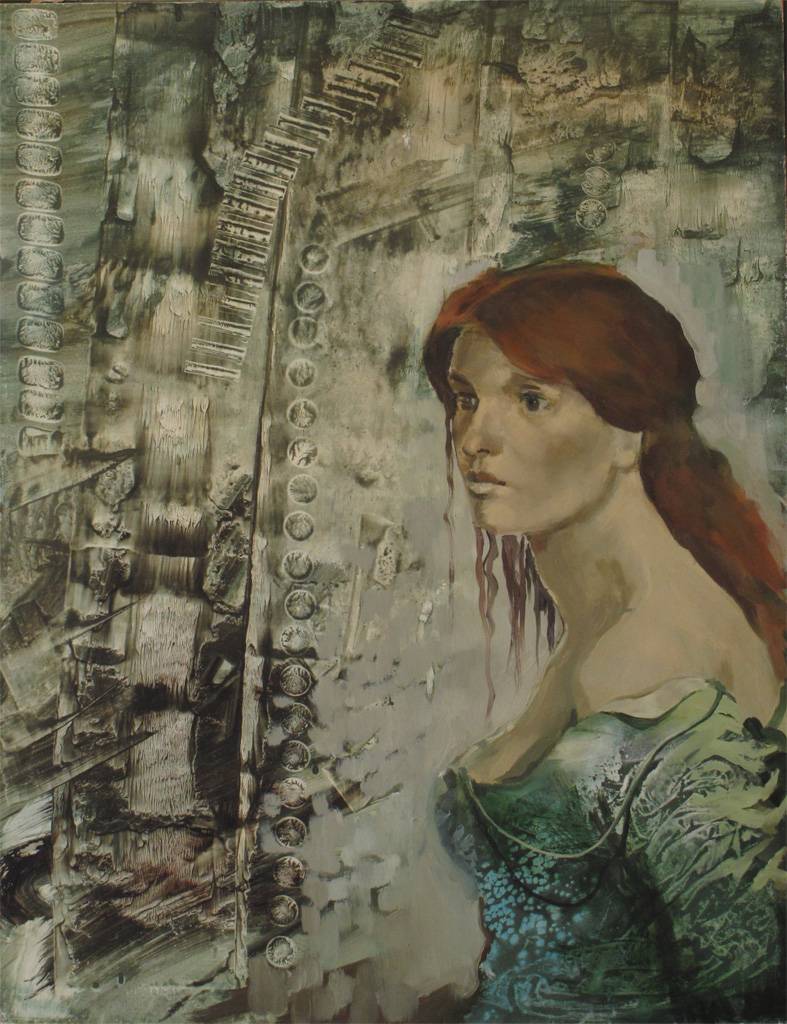
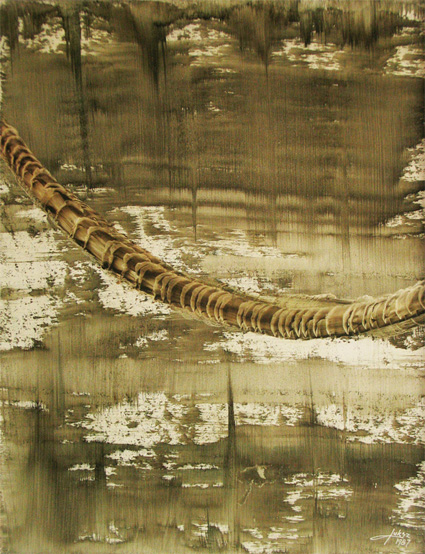
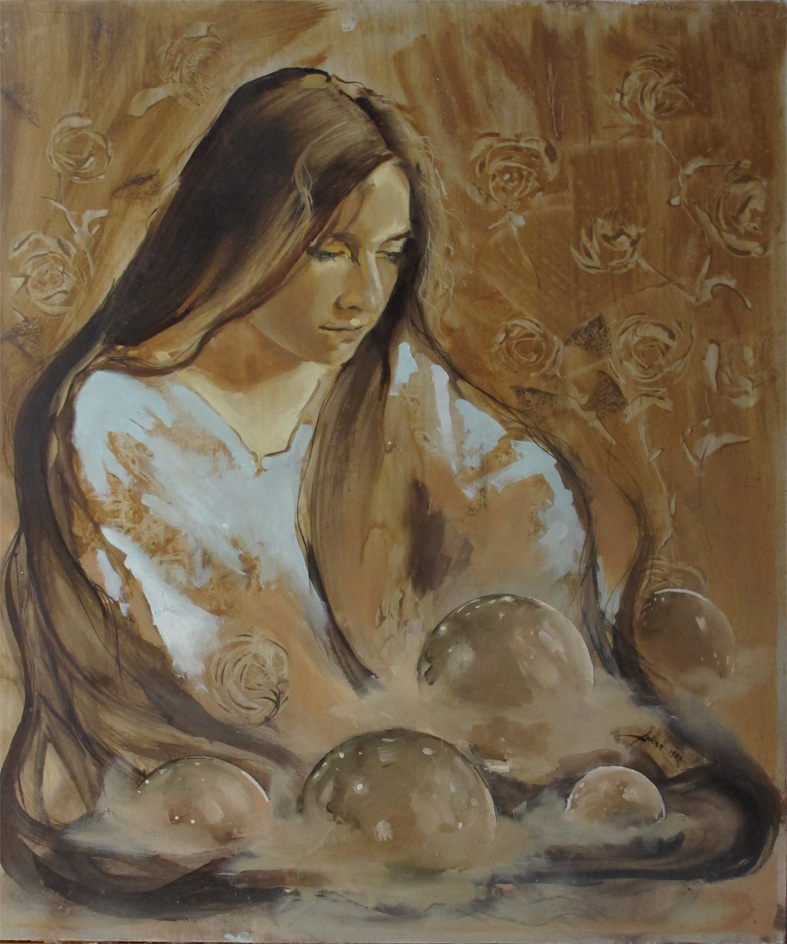
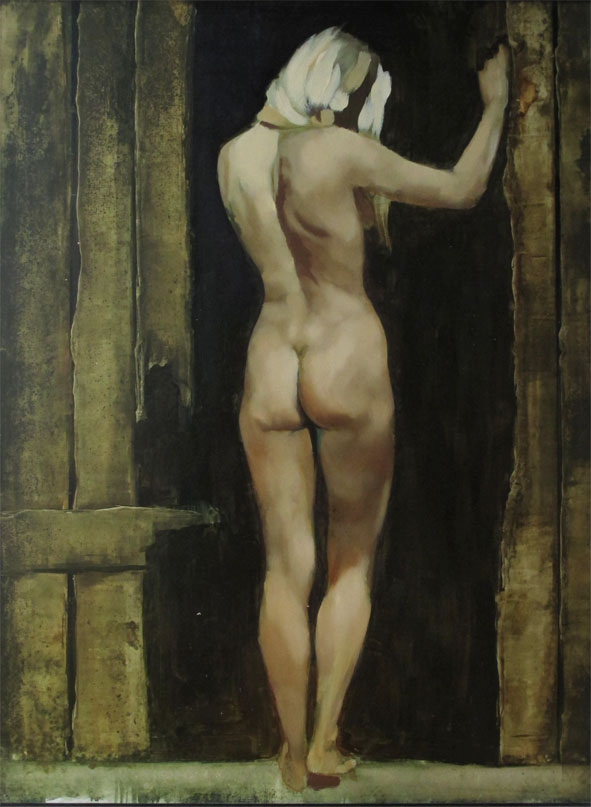


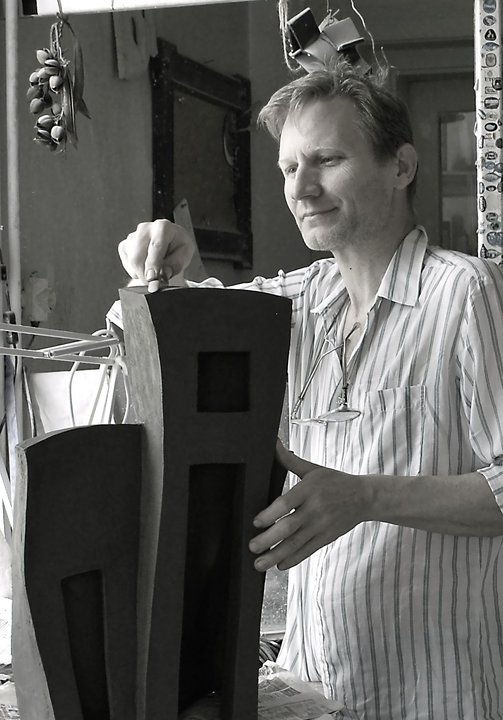
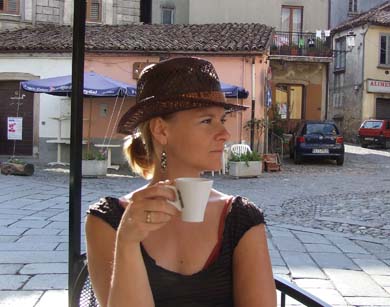
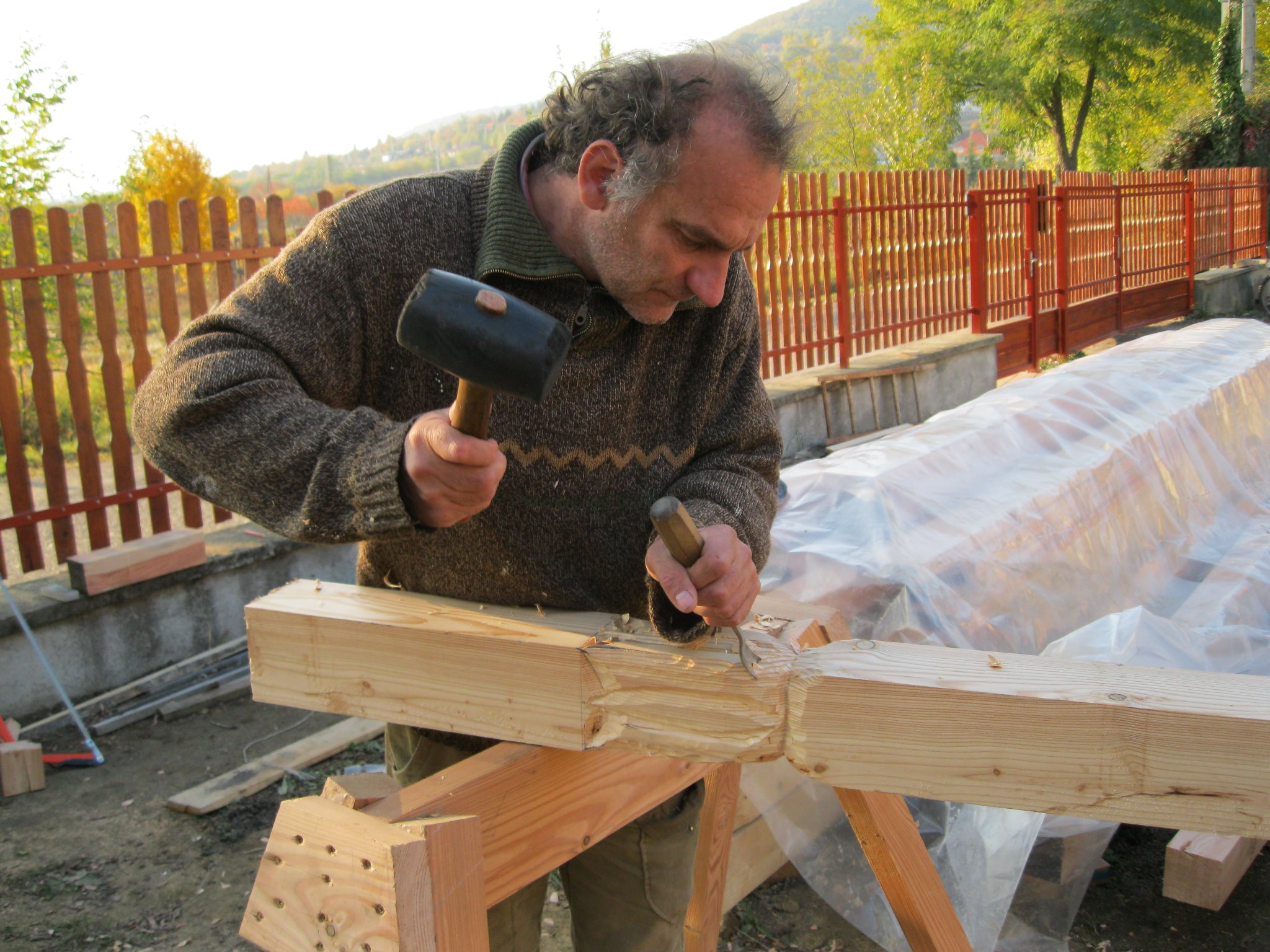

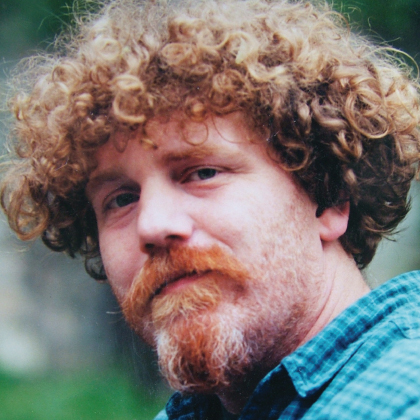
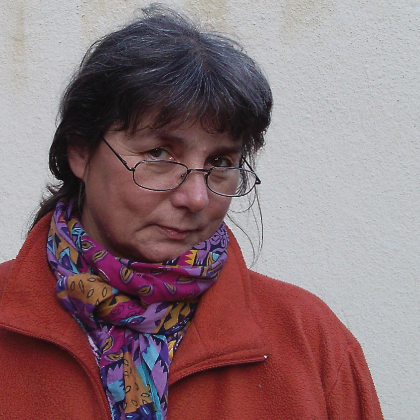
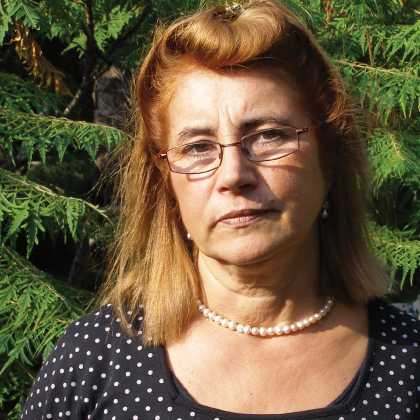
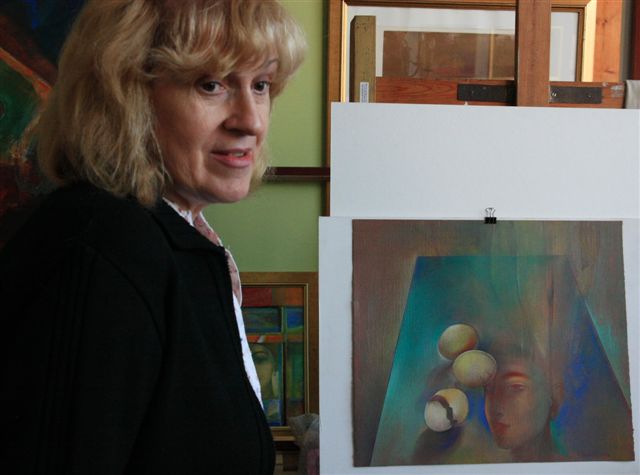
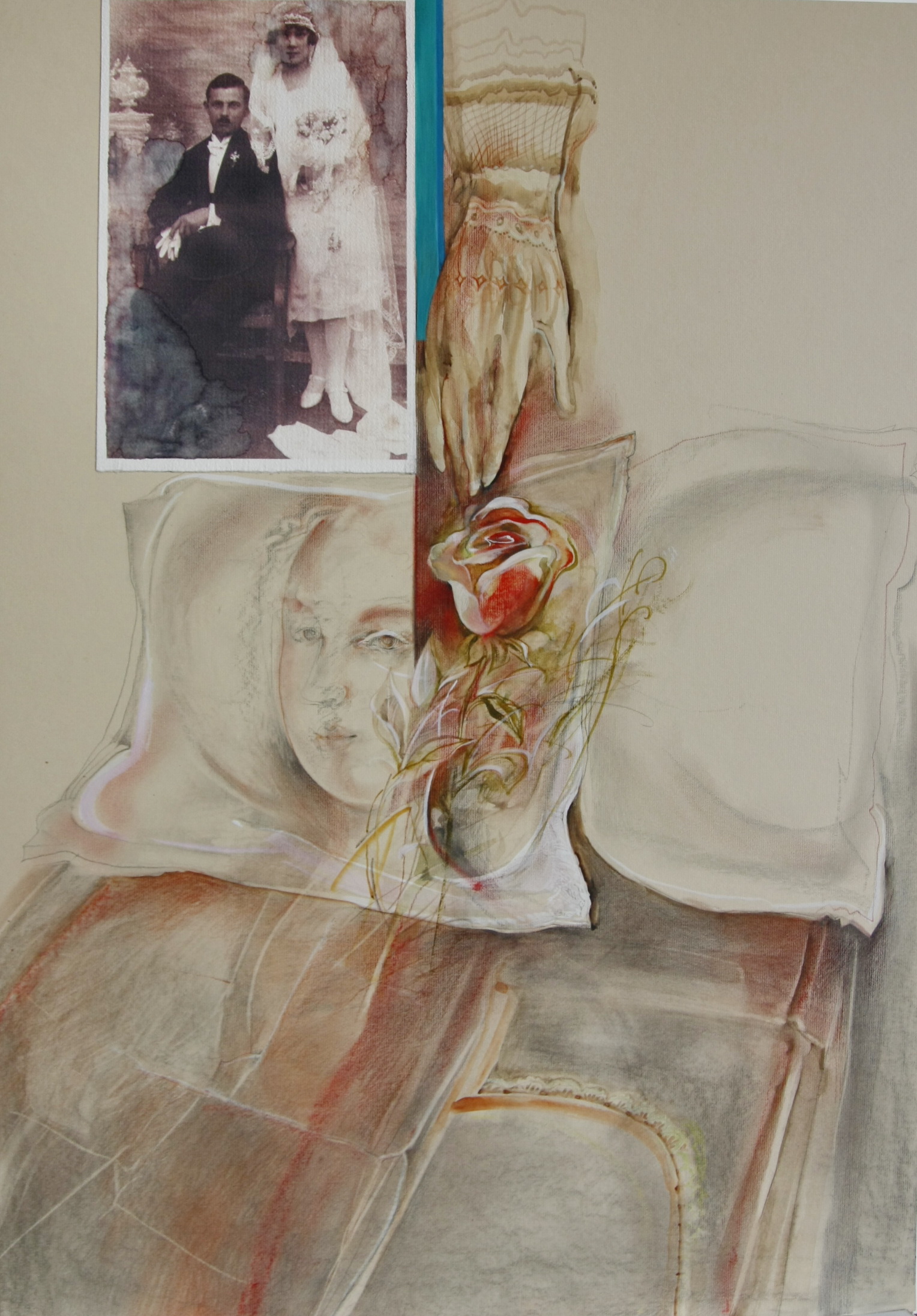
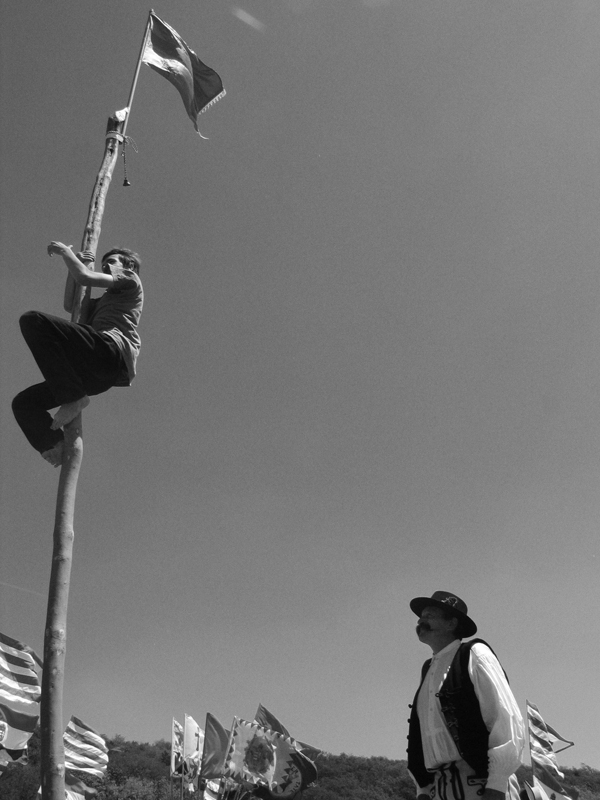

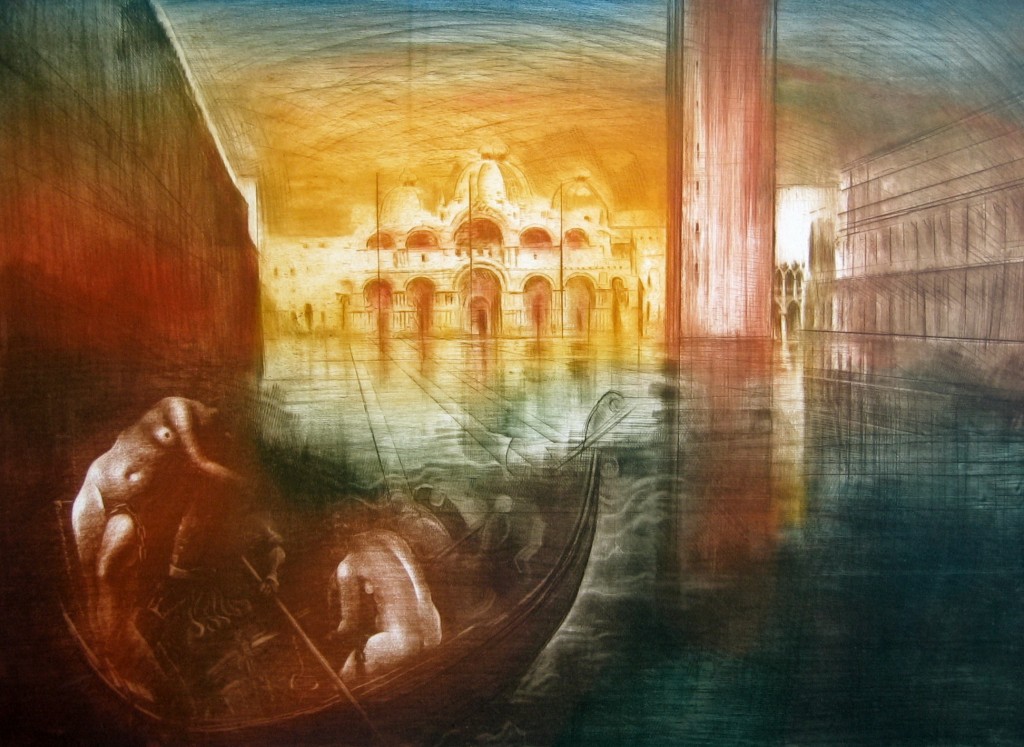
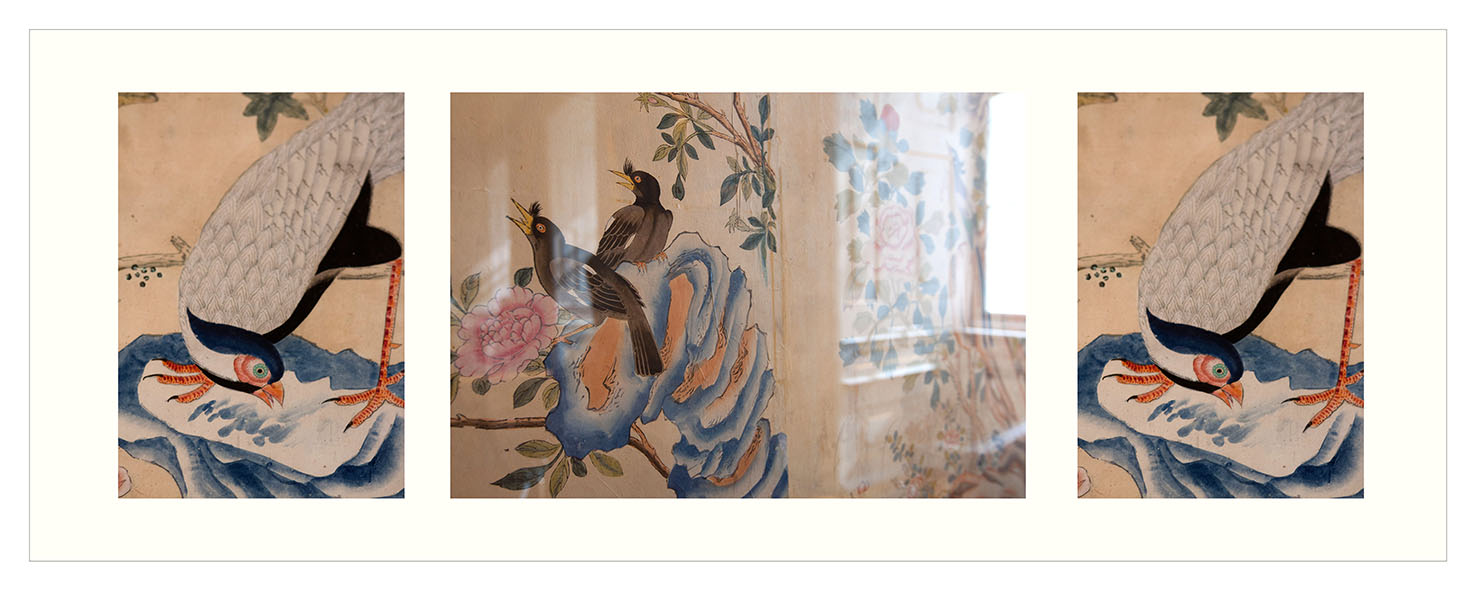
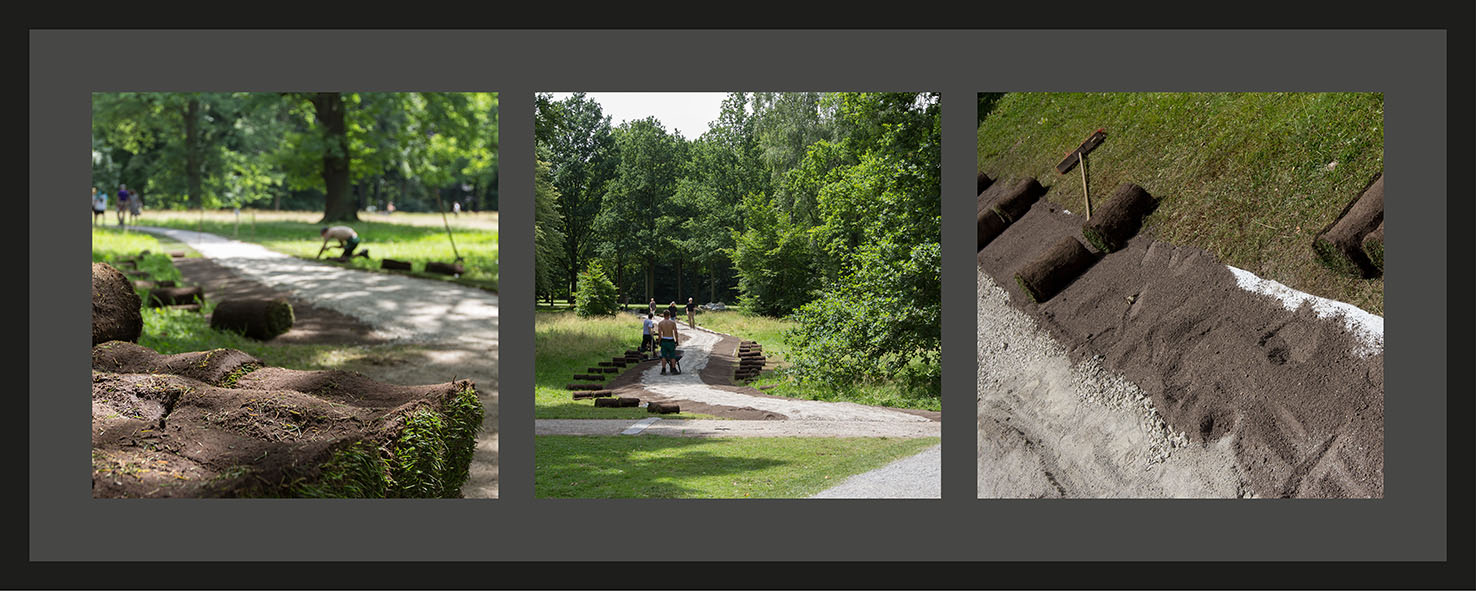
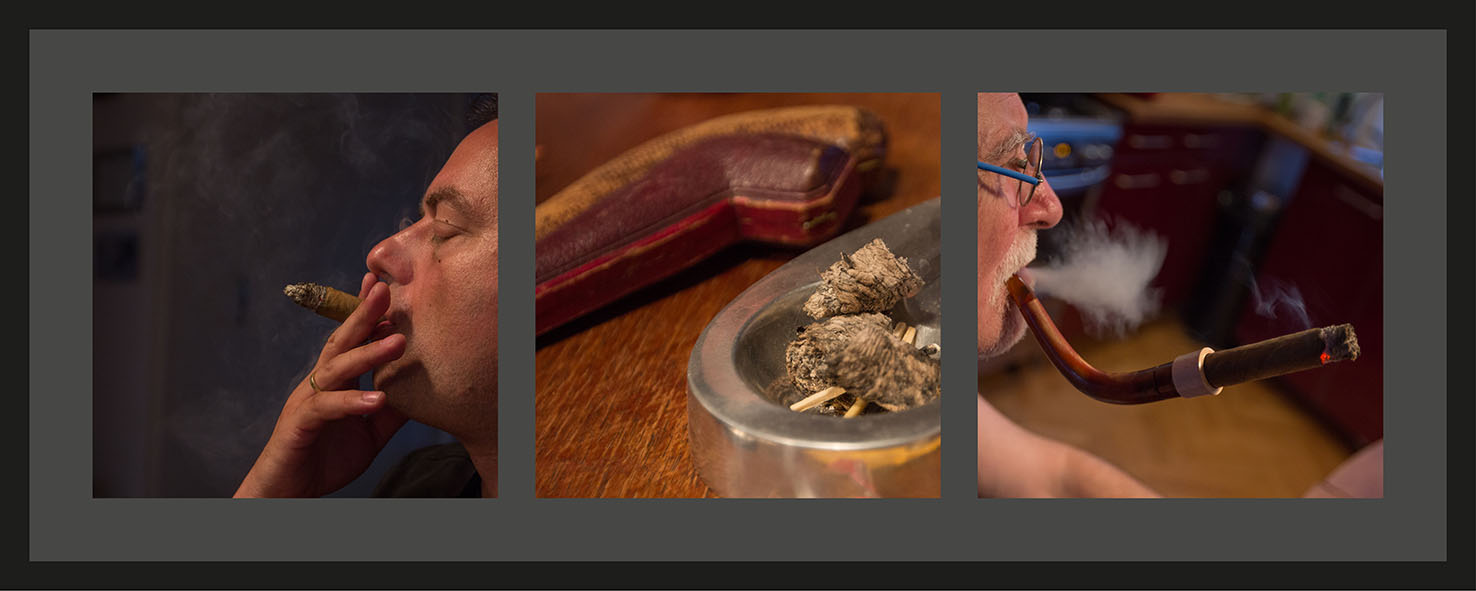
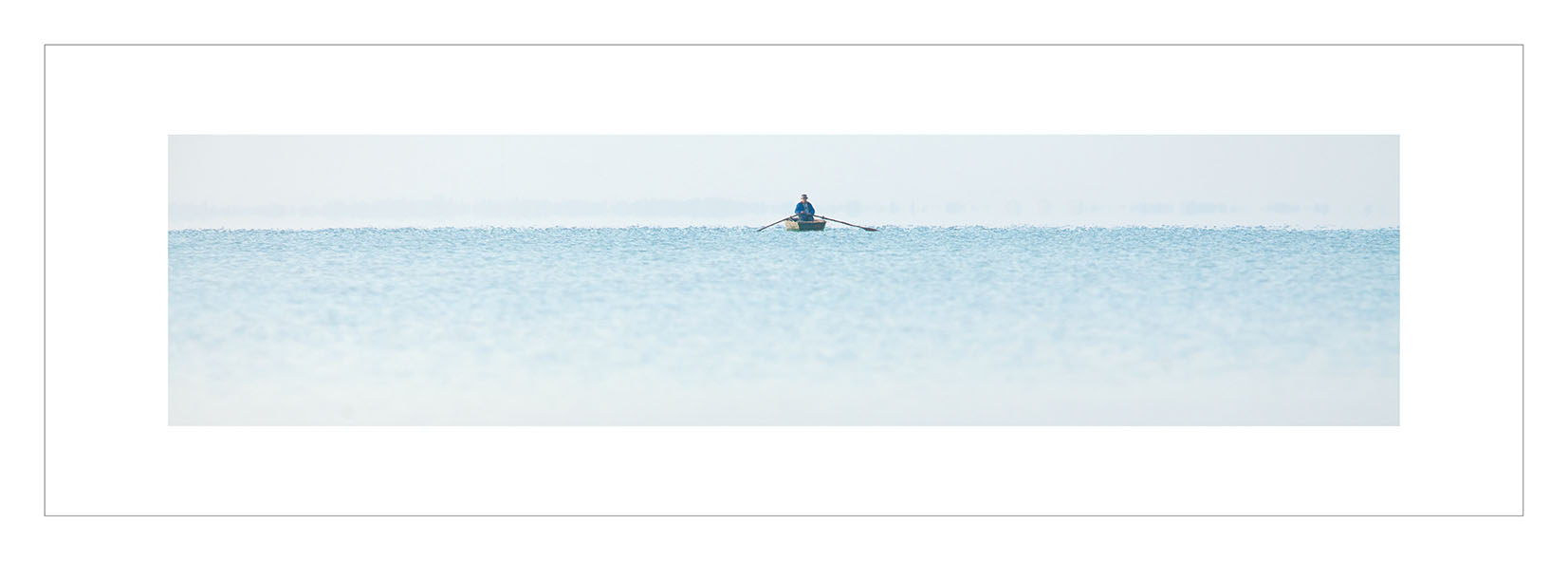
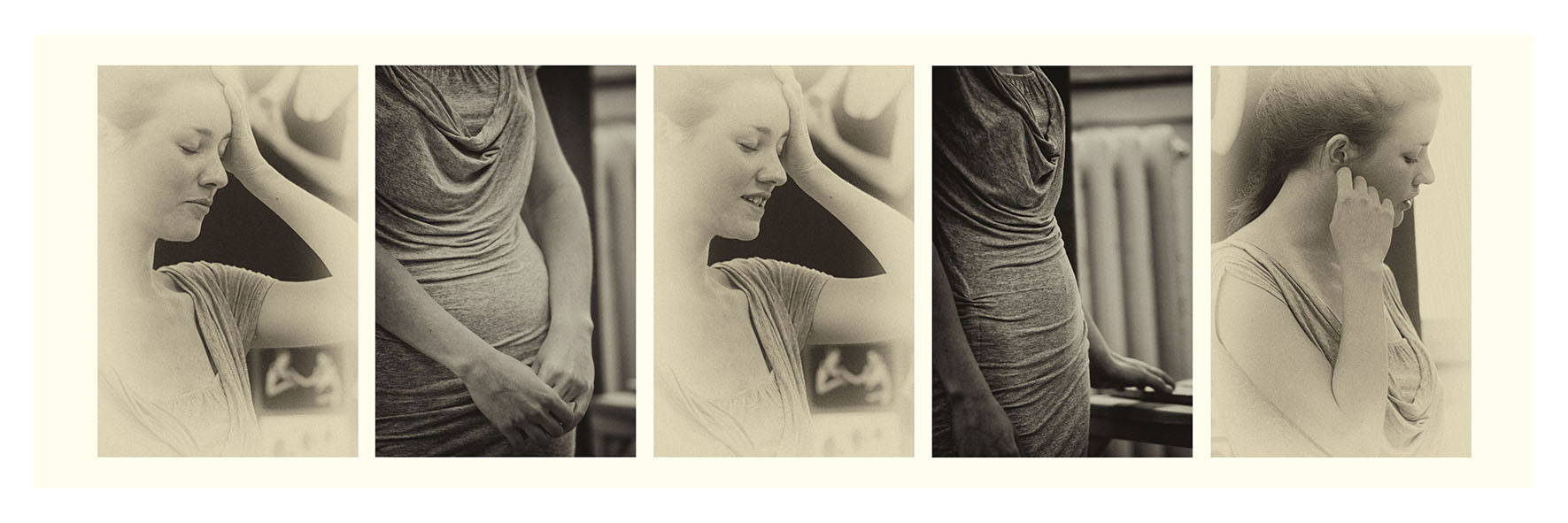
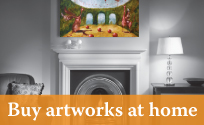
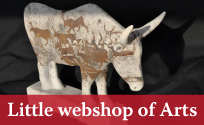
Follow Us!